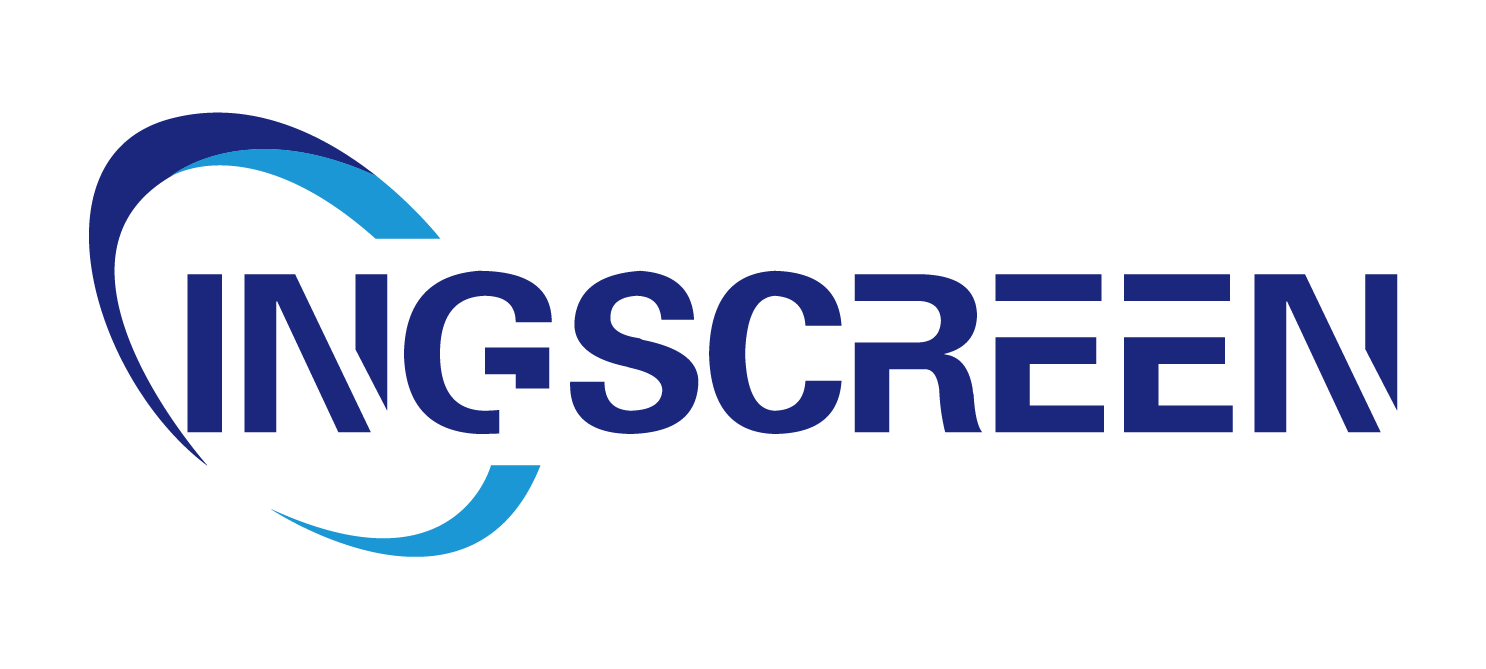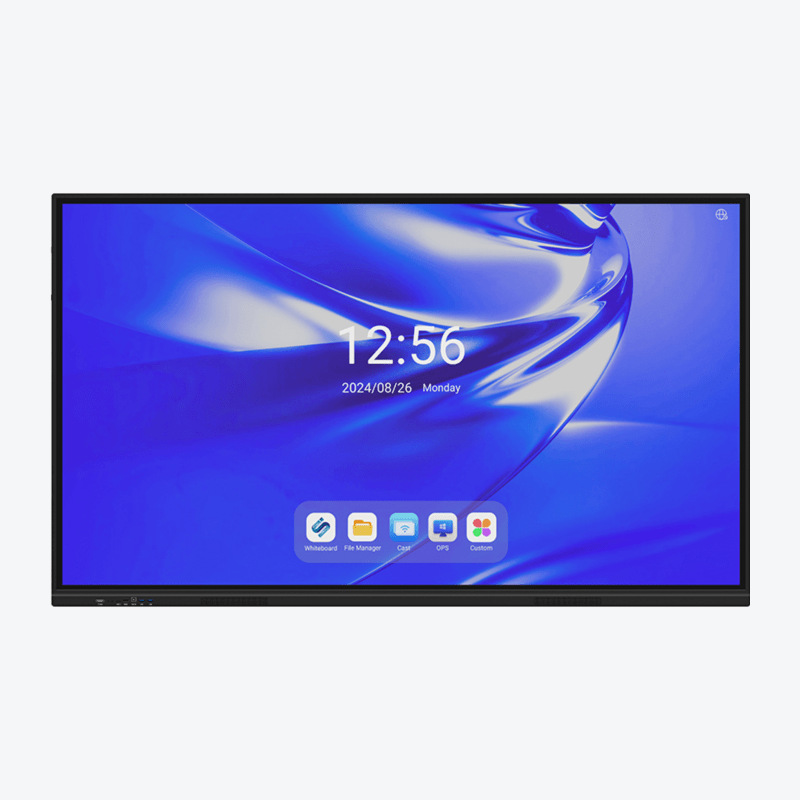What Defines a Smart Flat Panel as an Interactive Content Display?
Understanding the Technology Behind Interactive Flat Panels
At the heart of smart flat panels is touchscreen technology, which offers high sensitivity and precision in detecting touch inputs. This technology is typically coupled with advanced interactive software that enables fluid and seamless user interaction. Recent advancements in display resolution, such as 4K displays, and improved color accuracy significantly enhance the user experience. Popular models like the Samsung Interactive Display, which debuted in 2023, illustrate these advancements with vibrant and clear visuals.
Multi-touch technology is another critical component, allowing users to engage through intuitive gestures like pinch-to-zoom and swipe, which supports various interactive activities. Furthermore, the integration of artificial intelligence and machine learning plays a pivotal role in enhancing interactivity and personalization. These sophisticated technologies enable the flat panels to predict user preferences and provide tailored content suggestions, making the experience more engaging and efficient.
Interactive Content Display vs. Traditional Presentation Tools
In stark contrast to interactive flat panels, traditional presentation tools like projectors often lack functions such as screen-sharing and remote access, limiting their effectiveness in dynamic presentations. Statistics reveal that interactive displays improve audience retention rates significantly, highlighting their advantage in engaging users effectively. With features like real-time feedback and polls, interactive displays facilitate collaborative environments, important in settings ranging from classrooms to boardrooms.
Unlike conventional tools, interactive content displays empower users to interact with content directly, transforming passive presentations into active learning experiences. This makes them ideal for educational and professional environments where collaboration and active engagement are prioritized. As we continue to embrace innovative presentation tools, interactive displays are becoming increasingly essential for delivering impactful and memorable presentations.
The Evolution of Interactive Displays: From Kiosks to Classroom Tech
Early Innovations: The Rise of Self-Service Kiosks
Self-service kiosks revolutionized the retail sector by offering a more efficient and personalized customer experience. Initially introduced in the early 1980s, these basic kiosks were primarily used for payment transactions in stores and banks. Over time, their application has broadened significantly to include various sectors such as transportation, hospitality, and healthcare. For instance, information kiosks now provide real-time data and services, while airport kiosks expedite check-ins and currency exchanges.
Technological advancements have been pivotal in the evolution of kiosks. Early models relied on rudimentary touch screens and software interfaces, offering limited functions. However, as technology progressed, kiosks became more sophisticated with enhanced touchscreen sensitivity and robust kiosk software, enabling a wider range of interactions. The growing adoption of kiosks is evident in usage statistics, with millions being employed globally, underscoring their significance in improving user interaction and satisfaction.
Adapting Kiosk Software for Educational Environments
As interactive technology advanced, the adaptability of kiosk software found new applications within educational settings. The seamless transition from public areas to classrooms is a testament to the versatility of these systems. Today, many educational institutions leverage this software to incorporate lesson planning tools and interactive learning modules, enhancing the educational experience.
One notable example is the integration of kiosks into classrooms to facilitate interactive content displays that engage students in dynamic ways. Case studies show that schools employing kiosk technology have seen a marked improvement in student engagement and participation. The success of these systems often hinges on user-friendly interfaces that cater to different learning levels, ensuring accessibility and inclusiveness. As technology continues to evolve, the potential of kiosks in education remains vast, promising even greater adaptability and functionality in the future.
Core Features of Modern Smart Flat Panels
Multi-Touch Capabilities and Collaborative Tools
In the realm of smart flat panels, multi-touch capabilities have become a central feature, revolutionizing collaborative learning and teamwork. These panels allow multiple users to interact with the screen simultaneously, fostering an interactive classroom environment where students can work together seamlessly. Such capabilities are supported by a range of collaborative tools such as digital whiteboards and annotation features, which facilitate dynamic group activities. These tools encourage students to express their ideas visually and collaboratively, enhancing their learning experience.
Additionally, the availability of features like screen sharing further promotes collaboration by enabling easy content sharing among peers. Academic research has shown that classrooms equipped with these features have notably improved group dynamics, leading to more engaging and beneficial educational outcomes. The ease of use of these features ensures that activities run smoothly, allowing students and educators to focus on content rather than technology. By enhancing participation and interaction, such multi-touch capabilities and collaborative tools are essential for modern educational environments.
Seamless Integration with Kiosk Software and Digital Platforms
A key component of modern smart flat panels is their seamless integration with kiosk software and various digital platforms. This compatibility is vital for user convenience, ensuring that technology can be readily adopted across different educational settings. By linking smart flat panels with established kiosk software, educators can access a plethora of digital resources in real-time, enhancing the overall learning environment. These integrations support diverse learning activities, making lessons more engaging and interactive.
For instance, digital platforms such as Google Classroom or educational apps designed for specific curricula can be used alongside smart panels to provide unique learning experiences. Such integrations not only simplify resource access but also allow for customized learning paths tailored to individual student needs. Case studies have demonstrated that educational institutions employing these advanced technologies have seen increased student engagement and achievement. By facilitating a more integrated digital ecosystem, smart flat panels ensure an enriched learning environment that adapts to the evolving needs of students and educators alike.
Transforming Education: How Interactive Displays Enhance Learning
Boosting Student Engagement Through Interactive Lessons
Interactive displays have revolutionized student engagement by surpassing traditional teaching methods. They create an appealing and immersive learning environment that captivates students' interest. According to a study highlighted by Samsung, interactive whiteboards enhance knowledge retention and motivation. Key features like quizzes, polls, and gamified learning components enable students to participate actively. For instance, the Samsung WAF Interactive Display supports multi-writing with up to 40 touchpoints, allowing students to collaborate and compete effectively. Successful implementations in various educational settings demonstrate their profound impact on engaging learning sessions, surpassing conventional methods.
Interactive displays support diverse learning styles through adaptive technology, making them a vital asset in modern education. These technologies cater to visual, auditory, and kinesthetic learners by offering flexible screen orientations and interactive software. Features such as the Samsung WAF Interactive Display's split-screen mode allow personalized learning experiences. These benefits are affirmed by educational professionals who recognize the effectiveness of such adaptive tools in promoting holistic understanding among students. Moreover, accessibility features ensure that learners with disabilities also benefit equally, making learning inclusive and equitable for all students.

Supporting Diverse Learning Styles with Adaptive Technology
Choosing the Right Interactive Display for Your Needs
Key Considerations for Education vs. Commercial Use
When selecting an interactive display, it's crucial to recognize the distinct needs of educational institutions versus commercial settings. Education sectors often prioritize features that enhance learning, such as multi-touch capabilities, interactive software compatibility, and durability to withstand frequent use by students. In contrast, commercial uses may require displays with higher brightness levels for visibility in well-lit environments, robust software support for business applications, and design considerations like slim bezels for seamless integration into corporate venues. For classrooms, models such as Samsung's WAD Interactive Display are highly regarded, whereas commercial options might include displays with built-in digital signage solutions, like those from Samsung. The cost can vary significantly based on these features, with educational models being more budget-friendly to accommodate limited school budgets, while commercial displays might command higher prices for specialized functionalities. Market analysis suggests that while initial costs may be steeper for commercial needs, the investment often pays off with extended warranties and support tailored for business operations.
Future-Proofing Your Investment in Interactive Technology
Investing in interactive displays requires forward-thinking strategies to ensure longevity amidst rapidly evolving technology. Choosing displays that offer regular software updates and adaptive hardware capabilities is crucial. Manufacturers known for their support, such as Samsung, play a vital role in maintaining the functionality of displays over time. Experts in technology stress the importance of embracing emerging trends like integration with AI and seamless connectivity features that keep displays compatible with future innovations. For example, as we have seen with certain obsolete technologies, neglecting to future-proof can lead to expensive replacements. Consider displays that allow easy integration with new hardware or platforms, ensuring your investment remains relevant for years. Understanding these aspects will safeguard against obsolescence and enable continued relevance in a rapidly advancing digital landscape.
Frequently Asked Questions
What are the main benefits of using interactive flat panels?
Interactive flat panels offer enhanced user engagement, collaborative tools, high display resolution, and the integration of AI to provide personalized content suggestions.
How do interactive displays differ from traditional presentations?
Unlike traditional presentation tools, interactive displays allow real-time interaction with content, screen sharing, and audience participation through features like quizzes and polls.
Are interactive displays suitable for educational settings?
Yes, they are ideal for educational purposes due to features like multi-touch capabilities and the integration of educational software that enhances learning and engagement.
What should I consider when choosing an interactive display?
Consider the specific needs of the environment, such as multi-touch capabilities for education or higher brightness levels for business settings, as well as cost and future-proofing potential.
Table of Contents
- What Defines a Smart Flat Panel as an Interactive Content Display?
- The Evolution of Interactive Displays: From Kiosks to Classroom Tech
- Core Features of Modern Smart Flat Panels
- Transforming Education: How Interactive Displays Enhance Learning
- Choosing the Right Interactive Display for Your Needs
- Frequently Asked Questions




